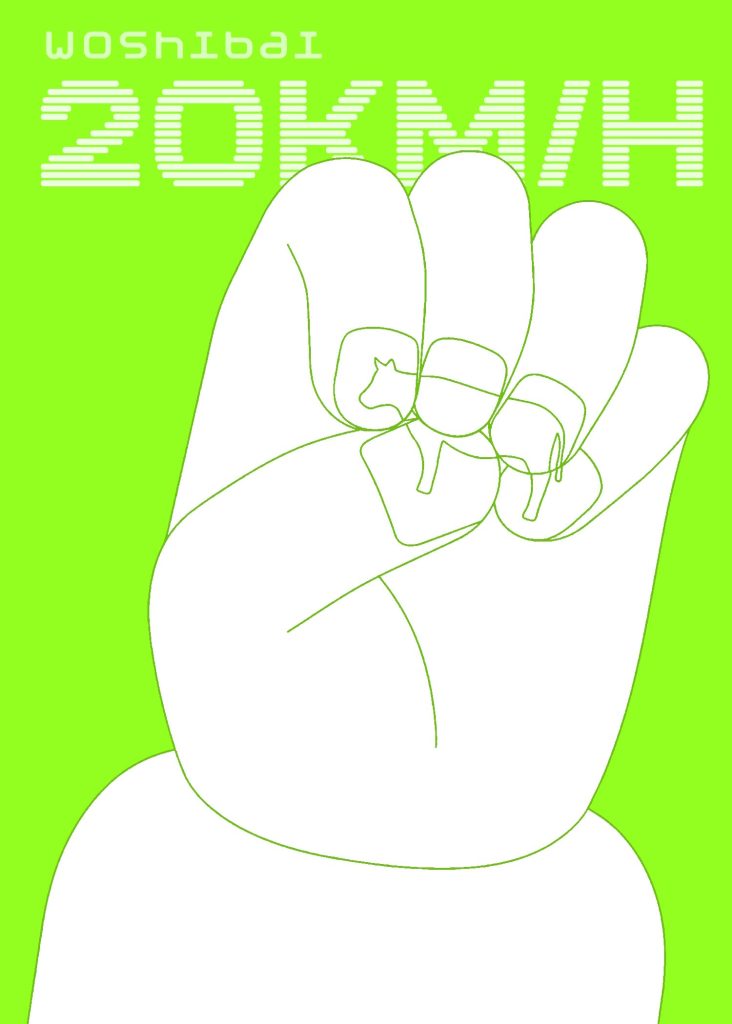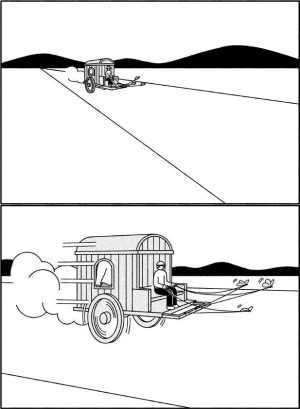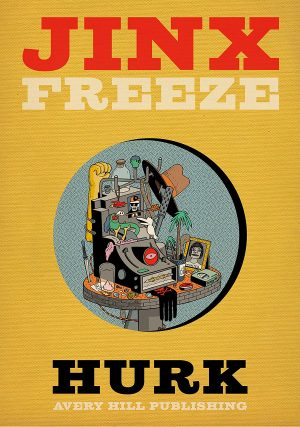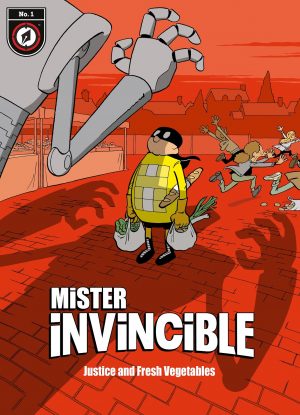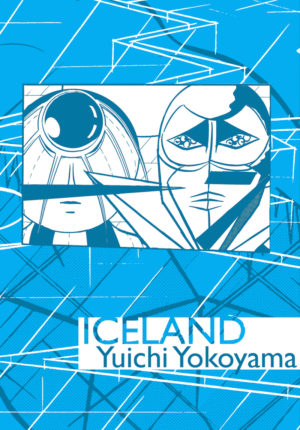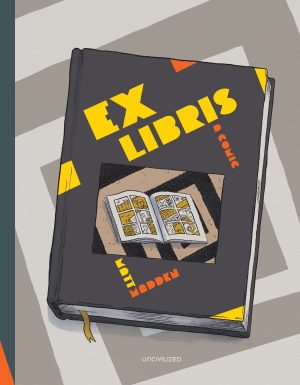Review by Frank Plowright
There’s an abstraction to Woshibai’s wordless cartoons, and his short strips vacillate between surrealism and absurdism. Are they clever, but meaningless expression, or do they comment on the human condition? It’s probably a mixture, but given Woshibai is Chinese, it’s difficult not to believe the latter in some cases, to read political meaning into his blank-faced people innocently caught in circumstances beyond their control or experiencing nightmares.
Form is frequently breached as scale is delivered as deceptive when people can lean out of a window to pluck stars from the heavens and store them in a jar, or they’re so small raindrops are a hazard. In some strips orderliness is everything, yet in others randomness is a deliberate act. At ten pages ‘Petty Theft’ is one of the longer inclusions, although retaining the strict two panels to the page ratio. A thief breaks into multiple houses to tear a single page from a book before leaving with it. He then binds the randomly collected pages into a book that he deposits on a library shelf among other books. Meaningless or not? You decide. Many of Woshibai’s sexless protagonists are engaged in similar pointless tasks, such as returning butterflies to their cocoons, or searching for a missing leaf pictured on a poster.
The cartooning is black and white, stark and minimalist with information kept simple. Colour only features for a single strip, in which a block of coloured light manifests at an intersection and expands into a rainbow.
The sample art is the second of the four pages forming the title strip, which ponders the idea of just three butterflies being able to pull a carriage, presumably at a speed of 20 kilometres an hour. It represents the wonder and possibilities explored, in which butterflies are a recurring feature. If seen here as a metaphor, are they as free as they seem? That ties into another regular theme, that of confinement. Woshibai plays with this, sometimes challenging perception, such as the strip of an ape and a human seen separated by bars where it’s the human in captivity. That strip’s preceded by one of a man confined within four walls with a locked door, but given the tools to manufacture keys, although they’re unlikely ever to open the door. See how that feeling of commenting on society recurs? The everyday is continually distorted to offer alternative views, with exploration another theme explored. It generally breeds disappointment.
Puzzles within puzzles accumulate in strips to which you can bring your own interpretation. Take them as simple tales designed to raise a smile, or see something existentially profound and disturbing. It’s likely no two people will have exactly the same reaction, and that stands in stark contrast to most forms of fiction where readers and viewers are led.
